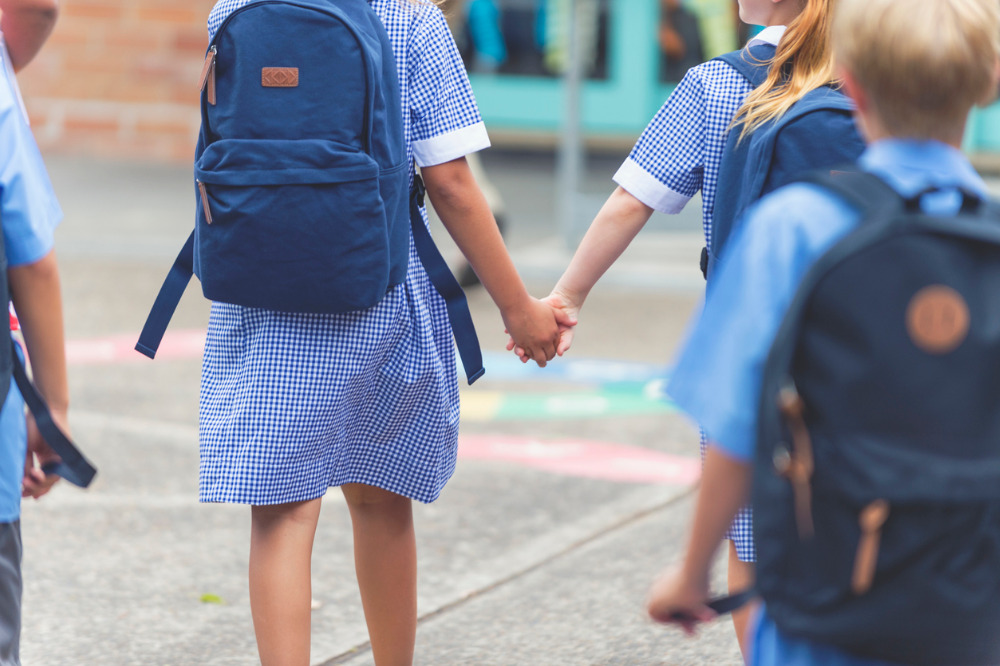
From bustling urban centers to the most remote communities, Australia’s public schools are redefining resilience, collaboration, and vision.
Indeed, this commitment stretches beyond academic achievements, delving into the heart of wellbeing, unity, and post-school success for the sector’s 1.6 million students.
Pat Murphy is someone who has lived and breathed public education for more than 30 years. His extensive leadership experience in the sector has included principal and deputy principal positions at eight schools across Queensland’s vast public education landscape.
As the president of The Australian Government Primary Principals Association (AGPPA) – the professional body representing more than 1.2 million students and 5,300 government primary school leaders across Australia – Murphy has had somewhat of a birds-eye view of the sector and its remarkable achievements.
Below, The Educator speaks to Murphy about the dedication of educators and staff in Australia's public school system, groundbreaking initiatives supporting professional and personal wellbeing, and how schools and communities are collaborating for the betterment of students and teachers alike.
TE: Over the past year, what have been some standout successes within the public education sector, and how do these milestones reflect the system's dedication to delivering high-quality education to all students, irrespective of their background?
Throughout Australia more than 1.6 million students have the fortune to be educated in our public school system by a highly dedicated team of school leaders, teachers, teacher assistants and administration staff. This is supported by a loyal bureaucracy who ensure that every student in this country is provided with access to a quality education regardless of where they live. The heroes of our Australia’s schooling system are our public primary school teachers and principals, who are prepared to live in the most remote, isolated and impoverished communities to ensure students in these communities have access to education and are provided with that opportunity to chance the trajectory of their lives and of that community.
TE: It’s fair to say teachers and principals are the backbone of our educational system. What do you think are the most impactful programs/initiatives that have been introduced to shore up the professional and personal wellbeing of public school educators over the past year?
Over the last few years, we have witnessed many states invest for the first time in the implementing a systematic capacity building programs for leaders, teachers and support staff in their public education system. These jurisdictions will over a long period of time reap the long-term benefits of this investment. While wellbeing and positive education are now identified as critically important, no jurisdiction has developed a long-term effective strategy that enhances student and staff well-being. Evidence indicates that teachers, and school leaders are working longer hours than ever before, and an average principal now spends less than 16% of their time on instructional leadership. Phil Riley who established the Principal Health and Well Being survey, is a person who deserves special praise for changing the dialogue in this country around the impact of workload on school principals. Honourable mention needs to be made of the Australian Catholic University who continue to implement this survey and disseminate the research.
TE: How have public schools and communities collaborated to create a more supportive and enriching environment for both students and educators, and can you give an example where this collaboration has led to transformative outcomes?
Despite having one of the most diverse education systems in the world, Australia’s teachers and Principals collaborate between systems on a regular basis as we recognise that we have a collective responsibility to educate this nation’s future. This happens in towns and cities throughout Australia where our schools and systems share venues, staff and collaborate to ensure students are provided with the best possible opportunities in sport and cultural pursuits. This is particularly prevalent in primary schools. At a National level primary leaders of government, catholic and independent school systems collaborate to form the Australian Primary Principals Association (APPA).
TE: As we look to 2024, what are some exciting plans or visions that Australia’s public education leadership has in store for the years ahead, and how do these plans aim to further elevate the quality of education and overall experience for students and staff alike?
A nation’s investment in education is always an investment in its future. The Schooling Resource Standard (SRS) is the agreed amount of government funding required to meet students’ minimal educational needs in Australia. The vast majority of government primary schools, the bedrock for better and fairer education, are not funded to their SRS. As we enter 2024, we would hope that the Federal Government shows leadership and ensures that every student in a government primary school will receive this minimum funding requirement to start the 2025 school year. As a country we can’t afford for this not to occur.


